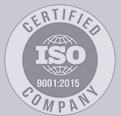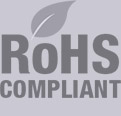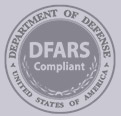The New Frontier for Internet Security
Many people who have been fortunate enough to keep their jobs during the pandemic have a workplace that looks a lot different than the one they left. Whether this change in the dynamic of the workplace is temporary or permanent remains to be seen, but many people find themselves working from home or remotely from different locations. In fact, many big companies like Google have announced that they have no intention of returning to in-office work routines any time in the near future. Amazon has delayed the return of non-essential workers at least through 2021. Given this change, the need for online security has never been greater. With millions more working from their computers, this means millions more are vulnerable to: identify theft, ransomware, malware, theft of financial information such as credit cards or bank accounts. In addition, social media accounts are also vulnerable to hacking. The need for better online security and firewall protection has never been greater.




